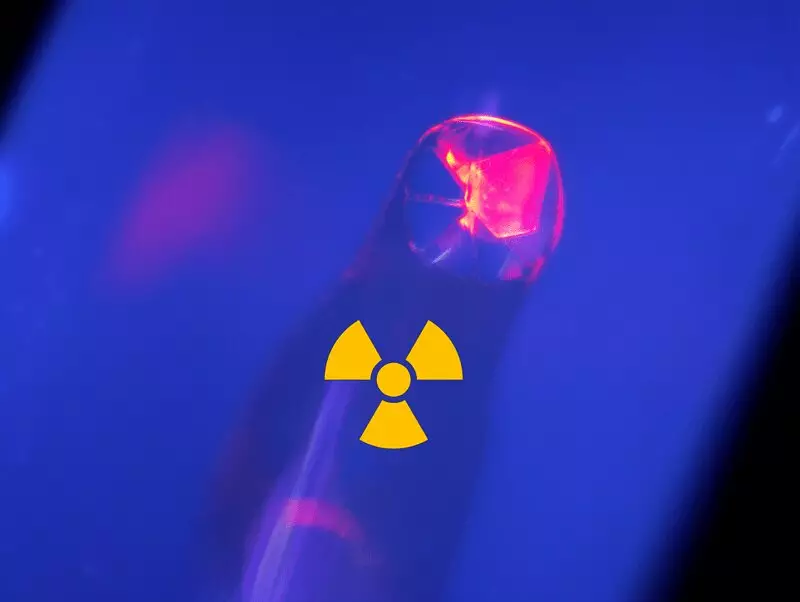Studying radioactive materials is a challenging task due to the potential health risks associated with them, as well as their high costs. Some radioisotopes can cost more than $10,000 per microgram, making them difficult to study in detail. Furthermore, some radioisotopes cannot be produced in sufficient quantities, adding to the difficulties of studying them.
However, scientists have recently developed a new technique to study radioactive and enriched stable isotopes more efficiently. This new approach requires 1,000 times less material than previous methods, making it more cost-effective and efficient. The new method involves using polyoxometalate ligands (POMs), a class of molecules that has not been used much in radiochemistry applications.
The New Method
The new method developed by scientists from Lawrence Livermore National Laboratory and Oregon State University uses POMs to form chemical bonds with targeted radioisotopes. The POMs then crystallize these compounds, which can be studied with various spectroscopic techniques. This new method uses only a few micrograms of material, whereas previous methods required multiple milligrams or more.
The researchers synthesized three new curium compounds and determined their detailed structures via single crystal X-ray diffraction (SCXRD). They also studied the electronic, magnetic, and vibrational properties of these compounds using various spectroscopic techniques such as Raman, absorbance, fluorescence, and nuclear magnetic resonance spectroscopy. The researchers also obtained equivalent compounds with americium.
Curium isotopes are rare, costly to produce, and radiotoxic, making them difficult to study. Since the discovery of curium in 1944, only approximately 10 curium-ligand compounds have been isolated and characterized using SCXRD. With the new POM-based method, scientists can now study the chemical properties of rare and radioactive elements like curium and americium in greater detail than ever before.
Implications of the New Method
The new method has important implications for studying the chemistry of actinides, the elements found at the bottom of the periodic table. Most actinides can only be produced in minute quantities at specific facilities like the Department of Energy’s High Flux Isotope Reactor, and scientists know relatively little about their chemistry. Studying the chemistry of actinides may benefit fields ranging from cancer medicine to nuclear energy to the synthesis of new elements.
The POM-based approach will help expand actinide chemistry while complying with the current cost and low-availability constraints for research isotopes. Scientists can also apply this strategy to study some of the rarest and most toxic elements on Earth, which were previously difficult to study using traditional methods.
The new method developed by scientists using POMs to study radioactive materials is a significant breakthrough in the field of radiochemistry. The new method is more efficient and cost-effective, requiring 1,000 times less material than previous methods. It has important implications for studying the chemistry of rare and radioactive elements like curium and americium, and it may benefit fields ranging from cancer medicine to nuclear energy to the synthesis of new elements.



Leave a Reply